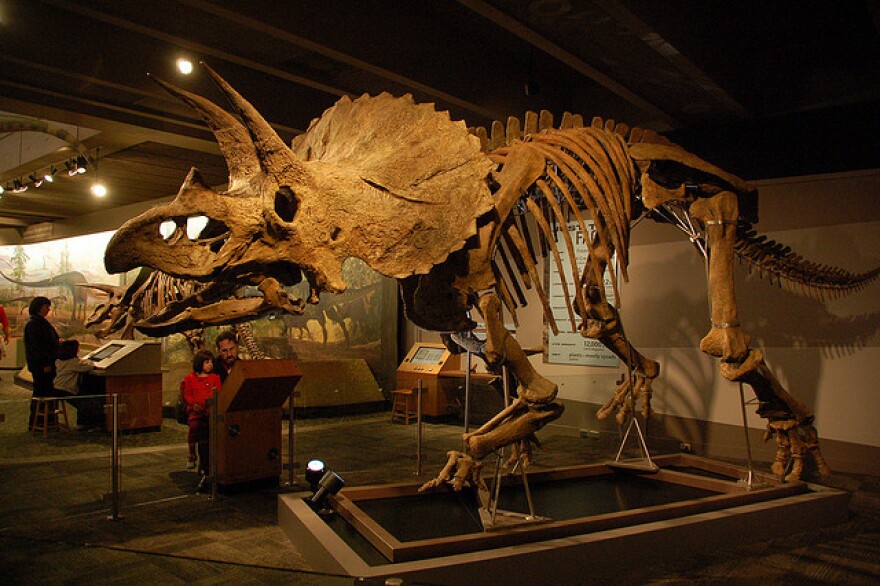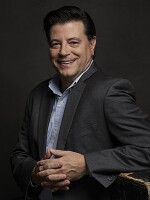http://cptv.vo.llnwd.net/o2/ypmwebcontent/Tucker/Morning%20Edition%2003-02-2012.mp3
Yale paleontologists say two Dinosaurs previously thought to be the same species are actually two different creatures.
There is no denying that the Torosaurus and the Triceratops look a lot alike.
"Well both are long-horned, frilled dinosaurs, they've got very long brow horns, they've got very long frills, they are similar in the beak and the snout and the rest of the skull," said Nicholas Longrich, a postdoctoral fellow in Yale's Department of Geology and Geophysics. "They are similar size, they both grew to about 5 to 10 tons, and it had been proposed that maybe these things could actually be the same animal."
In 2010 paleontologists claimed the two dinosaurs were actually the same creature, just at different stages of life - the Torosaurus being the adult form of Triceratops. After all, the two animals lived at the same time - about 65 million years ago, and the same place - what is now western North America; not to mention the uncanny resemblance to each other. But for Longrich and his Yale colleague Daniel J. Field, the evidence suggested the dinosaurs were actually two separate species.
"We found in fact that not all of the Torosaurus were mature, so if some of the Torosaurus were not in fact adult, they can't be adult Triceratops. The Torosaurus has an extremely long skull, its got an enormous frill sticking off the back and it gives the skull a total length of up to 8 or 9 feet long, where the Triceratops frill is very short, and it's solidly built, it's basically a piece of armor."
The findings of Longrich and Field can be found in the latest issue of the journal PlosOne.





